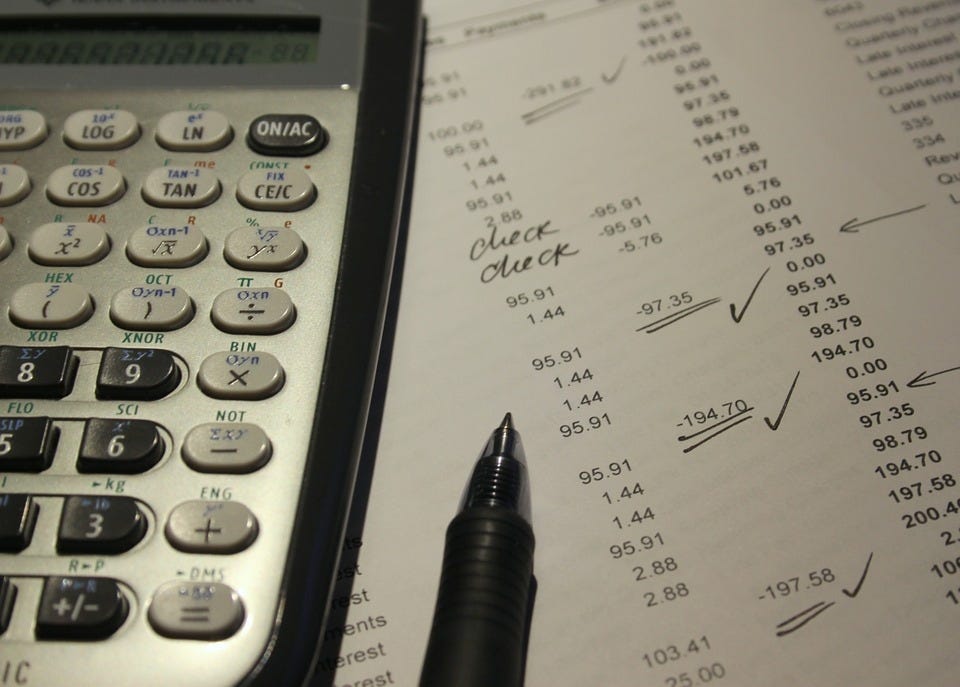
You may not get much of a thrill from filing your taxes, but the process becomes much more enjoyable if you're expecting a refund.
So, if one is headed your way, what should you do with the money?
The answer depends somewhat on the size of the refund. For the 2017 tax year, the average refund was about $2,760 — not a fortune, but big enough to make an impact in your life.
Suppose, for example, that you invested this amount in a tax-deferred vehicle, such as a traditional IRA, and then did not add another penny to it for 30 years.
At the end of that time, assuming a hypothetical 7 percent annual rate of return, you'd have slightly more than $21,000 — not enough, by itself, to allow you to move to a Caribbean island, but still a nice addition to your retirement income. (You will need to pay taxes on your withdrawals eventually, unless the money was invested in a Roth IRA, in which case withdrawals are tax-free, provided you meet certain conditions.)
Of course, you don't have to wait 30 years before you see any benefits from your tax refund. If you did decide to put a $2,760 tax refund toward your IRA for 2018, you'd already have reached just over half the allowable contribution limit of $5,500. (If you're 50 or older, the limit is $6,500.)
By getting such a strong head start on funding your IRA for the year, you'll give your money more time to grow. Also, if you're going to "max out" on your IRA, your large initial payment will enable you to put in smaller monthly amounts than you might need to contribute otherwise.
While using your refund to help fund your IRA is a good move, it's not the only one you can make.
Here are a few other possibilities:
•Pay down some debt. At some time or another, most of us probably feel we're carrying too much debt. If you can use your tax refund to help reduce your monthly debt payments, you'll improve your cash flow and possibly have more money available to invest for the future.
•Build an emergency fund. If you needed a new furnace or major car repair, or faced any other large, unexpected expense, how would you pay for it? If you did not have the cash readily available, you might be forced to dip into your long-term investments. To help avoid this problem, you could create an emergency fund containing three to six months' worth of living expenses, with the money kept in a liquid, low-risk account. Your tax refund could help build your emergency fund.
•Look for other investment opportunities. If you have some gaps in your portfolio, or some opportunities to improve your overall diversification, you might want to use your tax refund to add some new investments. The more diversified your portfolio, the stronger your defense against market volatility that might primarily affect one particular asset class. (However, diversification, by itself, can't protect against all losses or guarantee profits.)
Clearly, a tax refund gives you a chance to improve your overall financial picture.
So take your time, evaluate your options and use the money wisely.
This article was written by Edward Jones on behalf of your Edward Jones financial adviser.





This article originally appeared on Crestview News Bulletin: What to do with your tax refund
